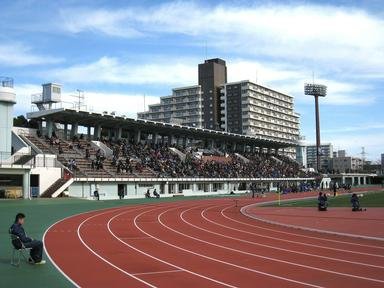Quiz Answer Key and Fun Facts
1. "Is this pace too fast?"
At the 1952 Helsinki Olympic Games Emil Zatopek won the men's marathon gold medal. How many times had Zatopek previously run a competitive marathon?
2. "A runner must run with dreams in his heart".
Emil Zatopek's burning ambition to run was evident from his early days at school?
3. "I already know how to run slow".
Zatopek was famous for his gruelling training regime. Upon which of the following formats did Emil's training programme primarily revolve?
4. "He is crazy".
At his first international race meeting, the second Inter-Allies games, Emil Zatopek emerged a winner, however, what straining circumstance could have cost him the race?
5. "You deserve it".
Emil Zatopek won the 10,000 metre Olympic gold medal at the 1952 Helsinki Games and then gave it away to which Australian long distance runner?
6. "That would have made him one of the immortals".
The 5000 metre event at the 1948 London Olympic Games has been described as one of sport's great races. In what position did Emil Zatopek finish?
7. "I was surprised when I saw how he lived for it, what he was prepared to sacrifice".
It has been said that at the 1948 London Olympic Games Emil Zatopek won gold, silver and a ______ .
8. "Running is not like ice skating".
Emil Zatopek's running style could, at best, be described as unique and was often commented upon. Which of the following was NOT a comment aimed at Emil's running style?
9. "The Earth is nice not only from above, but from inside".
Upon his retirement from athletics Emil Zatopek was able to live his life in luxury?
10. "It's at the borders of pain and suffering that the men are separated from the boys".
One of the victims of Emil Zatopek's withering finish in the 5,000 metres at the 1952 Helsinki Olympic Games was Chris Chattaway who, two years later, was involved in which historical sporting moment?
Source: Author
pollucci19
This quiz was reviewed by FunTrivia editor
gtho4 before going online.
Any errors found in FunTrivia content are routinely corrected through our feedback system.


